Sun Xun was born in 1980 in Fuxin, Liaoning province, China. Currently lives and works in Beijing.
Recent and past histories, intransigent conflicts and tensions, sequential flashes of hand-created images – these are the irrevocable features of Sun Xun’s artistic practice that fuses the line between art and animation. A graduate from the Printmaking Department of the China Academy of Arts in 2005, Sun Xun was a professor at the prestigious Academy before founding in 2006 his own Animation Studio, entitled π. His work primarily involves making images using various materials such as colour powder, woodcuts and traditional ink, and collating these to produce a film, which is often presented in an immersive setting. Sun Xun’s art thus acts as a theatre of memory, replete with shuttering sequences and jarring juxtapositions of surrealistic and recognisable images, which collectively serve to scrape the uncontested surface of politicised truth.
Sun Xun was born in 1980 and raised in Fuxin, located in the North East of China. While most of the country was in the throes of reinventing itself along the tenets of Deng Xiaoping’s economic reform, the area Sun Xun grew up in remained largely the old mining county he was born into: propaganda blared from loudspeakers, uniform workers shuffled past, flags fluttered hailing a “New China” [1] in its premature infancy [2]. Such national historicity, flawed and disparate, sowed the seeds for the vital narrative that pervades Sun Xun’s visual artistry. It also laid the foundation for his work’s most imperative question: which history does China wish to remember and which does it seek to be a part of?
From Sun Xun’s early oeuvres, through to his most recent pieces, one comes to identify various protagonists that repeatedly appear in his probing chronicles. The mosquito, for example, which sucks on the blood of mammals and primarily of men to survive, was the subject of “Insect Archeological” (2005) and reappears periodically in works such as “Requiem” (2007). The incontestable central figure of his narratives, however, is the magician, which Sun Xun has remarked is “the only legal liar” [3]. From “Lie” (2006) to “Magician Party” (2008), “Beyond-Ism” (2010) and “Reconstruction of the Universe” (2016), the magician appears, over and over, as a well-suited dark figure, representative of humanity’s willing submission to falsehood.
Crucially, the two above-mentioned characters come together in the early work “The New China”, a video and immersive exhibition that was staged at the Hammer Museum in 2008. As the title suggests, the work directly refers to the missionary book Sun Xun was gifted several years prior but also refers to the nation’s own projected efforts at reinvention. At the centre of the exhibit, above the screened film, is a geographical outline of China, across which the word ‘History’ is painted in black. On either side runs a banner, inscribed with the words ‘Lie’ and ‘Farce’. The declaration of deceit is summated by the profile of the magician that stands above, flanked on either side by two gigantic mosquitoes that have pierced into the outline of China and are identifiably feasting.
In more recent work, Sun Xun continues to provide voices for his central protagonists whilst incorporating innovative production techniques. The recurring magician motif, for example, appears heavily in the context of time exploration as part of Sun Xun’s recent 2016 Audemars Piguet Art Commission. One of his most ambitious projects to date, Sun Xun’s film “Reconstruction of the Universe” (2016) was produced by carving more than 10,000 woodcuts that were inked and digitally scanned to create 3D animation cells. The intricate film rolls to the backdrop of a recording by the Beijing philharmonic, amounting to a prolonged meditation on time by bridging classical and modern art, and exploring the history and metaphysics of the world that surrounds us. Extending to his most recent work, “Maniac Universe” (2018) unveiled at the MCA, Sydney as part of his major solo exhibition, presents a wall mural over 40 metres in length painted on handmade bark paper and lit by ultraviolet light in the gallery. As if entering an aquarium, luring and wondering, the protagonists, from bat to owl, envelop you in larger-than-life proportions, creating an immersive encounter with Sun Xun’s narratives.
Sun Xun thus builds an allegory for the covert practices that occur under the surface in his native country – a dialogue that can also apply to other notions across the globe. He expresses how people have accepted deception despite its illegality and permitted the authorities to feast on their efforts. He also poses the question of how his nation is perceived abroad. At the end of the day he asks a more global question: which history, both internally and externally, will be canonised and accepted? Ultimately, Sun Xun probes.He crucially, however, does not provide answers. The main leap has been taken and that has been to question, to adopt a critical stance, to not simply accept. Sun Xun’s works are alternative histories, which beautifully rendered, thrive off the fear they instill, the perplexion they instigate and the dark inquisitive attraction they project.
Considered one of China’s most talented rising artists, Sun Xun has been granted several prestigious awards including the 2010 CCAA Best Young Artists award, Taiwan Contemporary Art Link Young Art Award (2010) and the Civitella Ranieri Visual Arts Fellowship (2011/2012). He has held multiple solo exhibitions around the world, most notably at the MCA, Sydney; Hammer Museum, Los Angeles; Kunsthaus Baselland, Basel and Yuz Museum, Shanghai. He has participated in numerous group exhibitions including The Robert H. N. Ho Family Foundation Chinese Art Initiative at the Guggenheim, New York; The Metropolitan Museum of Art, New York; Kunsthalle Bern, Bern and Taiwan Museum of Fine Arts, Taipei among other locations. In 2016 he was awarded the Audemars Piguet art commission, a project that toured from Miami Beach and Hong Kong to New York Times Square. Furthermore, his video work has been widely exhibited at film festivals around the world, from Germany and Austria, to Sweden, South Korea, Brazil and Iran. Furthermore, his film has been nominated by the Berlinale Shorts 2012 jury at the 62nd Berlin International Film Festival and was presented at the Venice Film Festival in 2010. Sun Xun’s work is permanently held in the collections of the Guggenheim, Hammer Museum, Astrup Fearnley Museum, amongst others.
[1] “Sun Xun” Mathieu Borysevicz, July – October, 2008; http://hammer.ucla.edu/exhibitions/detail/exhibition_id/80
[2] “Sun Xun:There is no standard in art” ArtWorld interview with Sun Xun, China Contemporary Art Award, 2010, p. 267
[3] A book written by a US missionary in 1914, later passed to Sun Xun by a friend of his.
Sun Xun Beijing, China, B. Fuxin, China, 1980
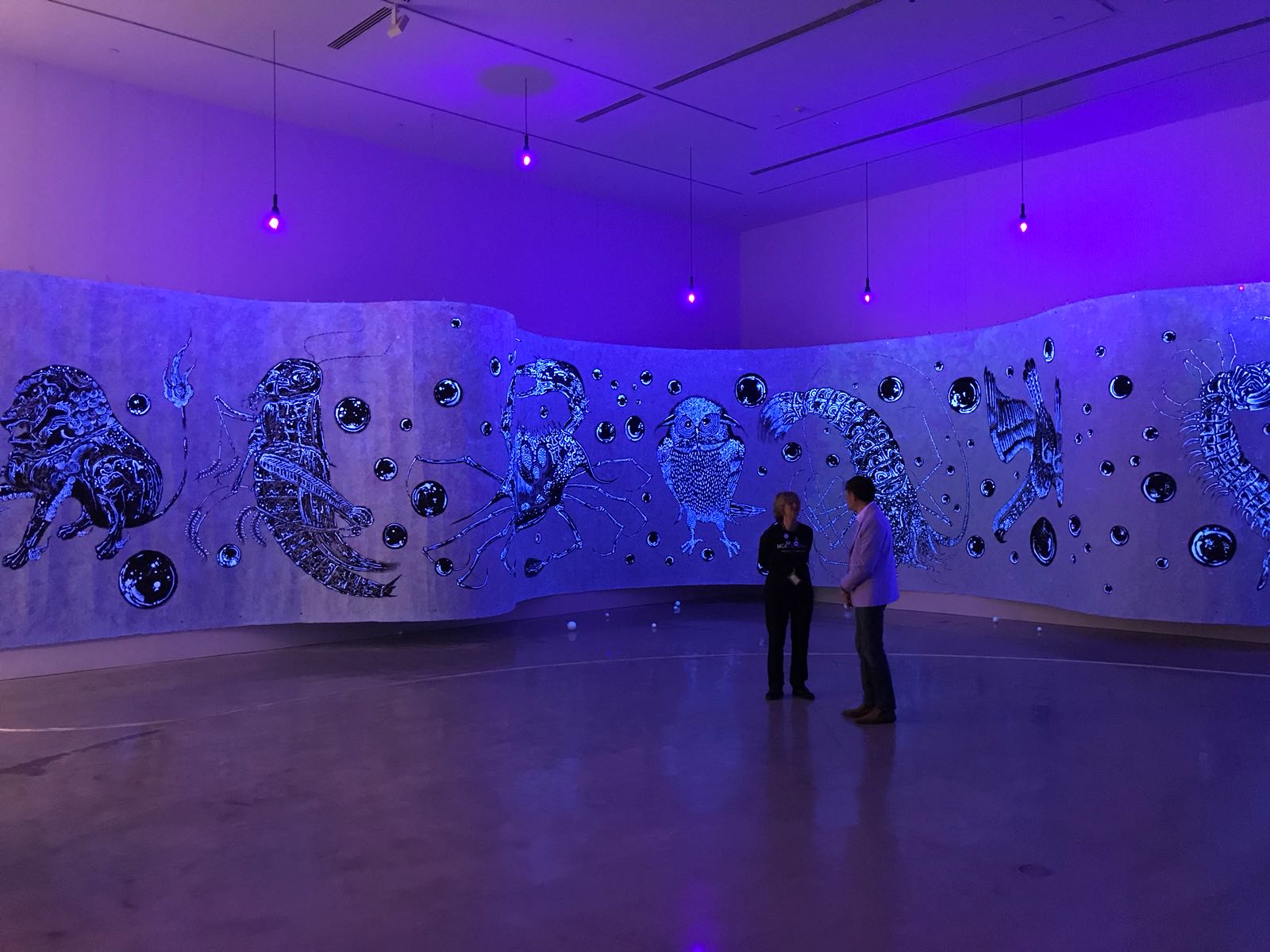
2018
Installation view, Museum of Contemporary Art Australia, Sydney, 2018
Mixed media on bark paper, UV-A light
Commissioned by the Museum of Contemporary Art Australia and Edouard Malingue Gallery
© the artist
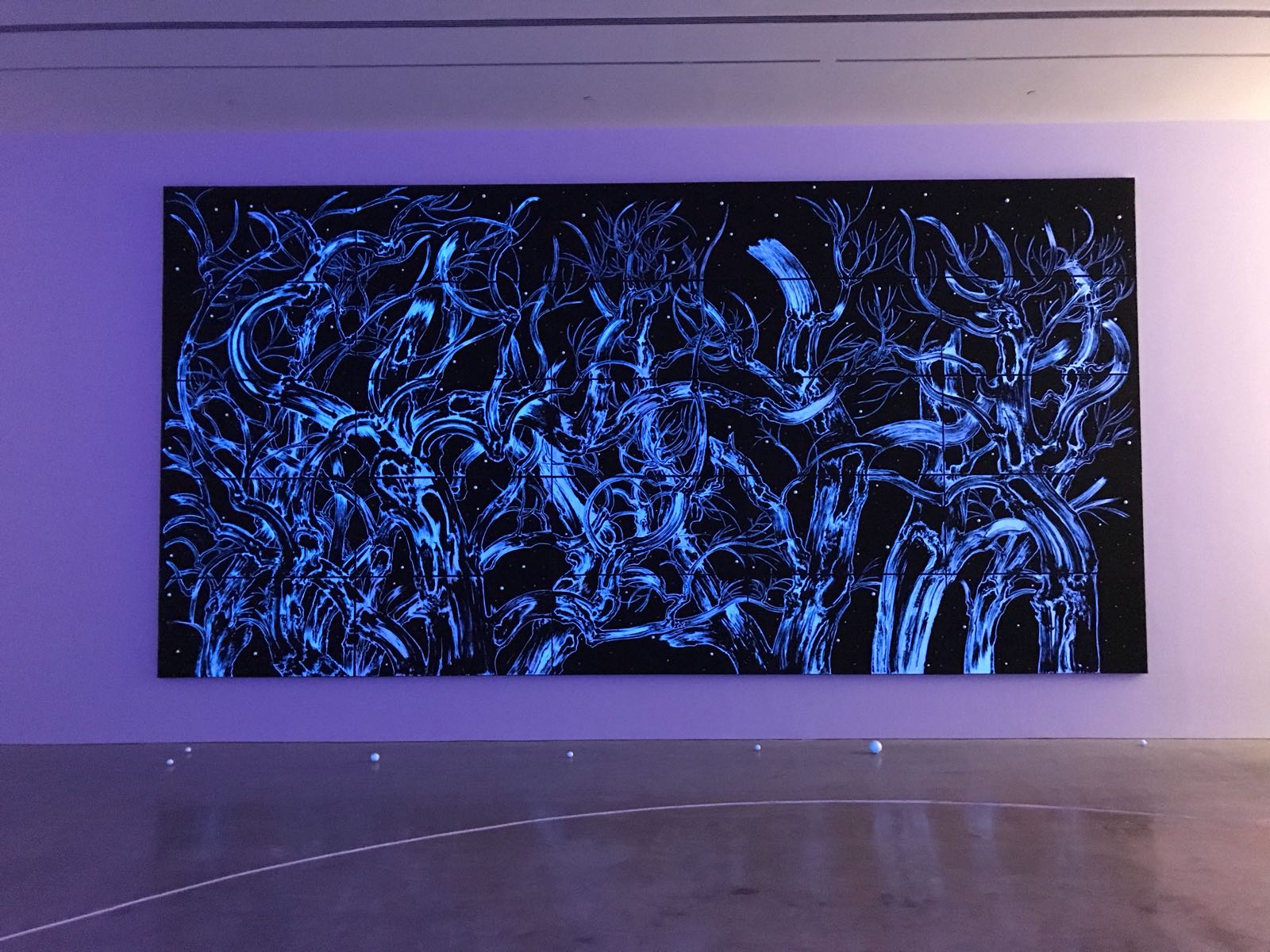
2018
Installation view, Museum of Contemporary Art Australia, Sydney, 2018
Woodcut painting
Commissioned by the Museum of Contemporary Art Australia and Edouard Malingue Gallery
© the artist
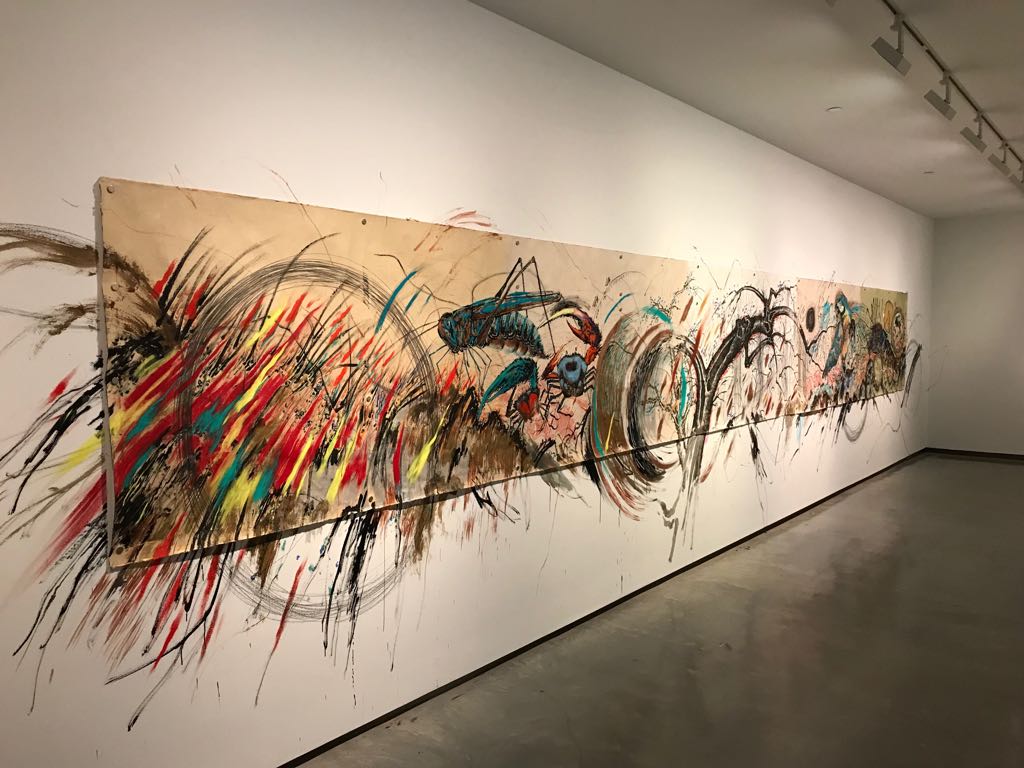
2018
Installation view, Museum of Contemporary Art Australia, Sydney, 2018
Mixed media
© the artist
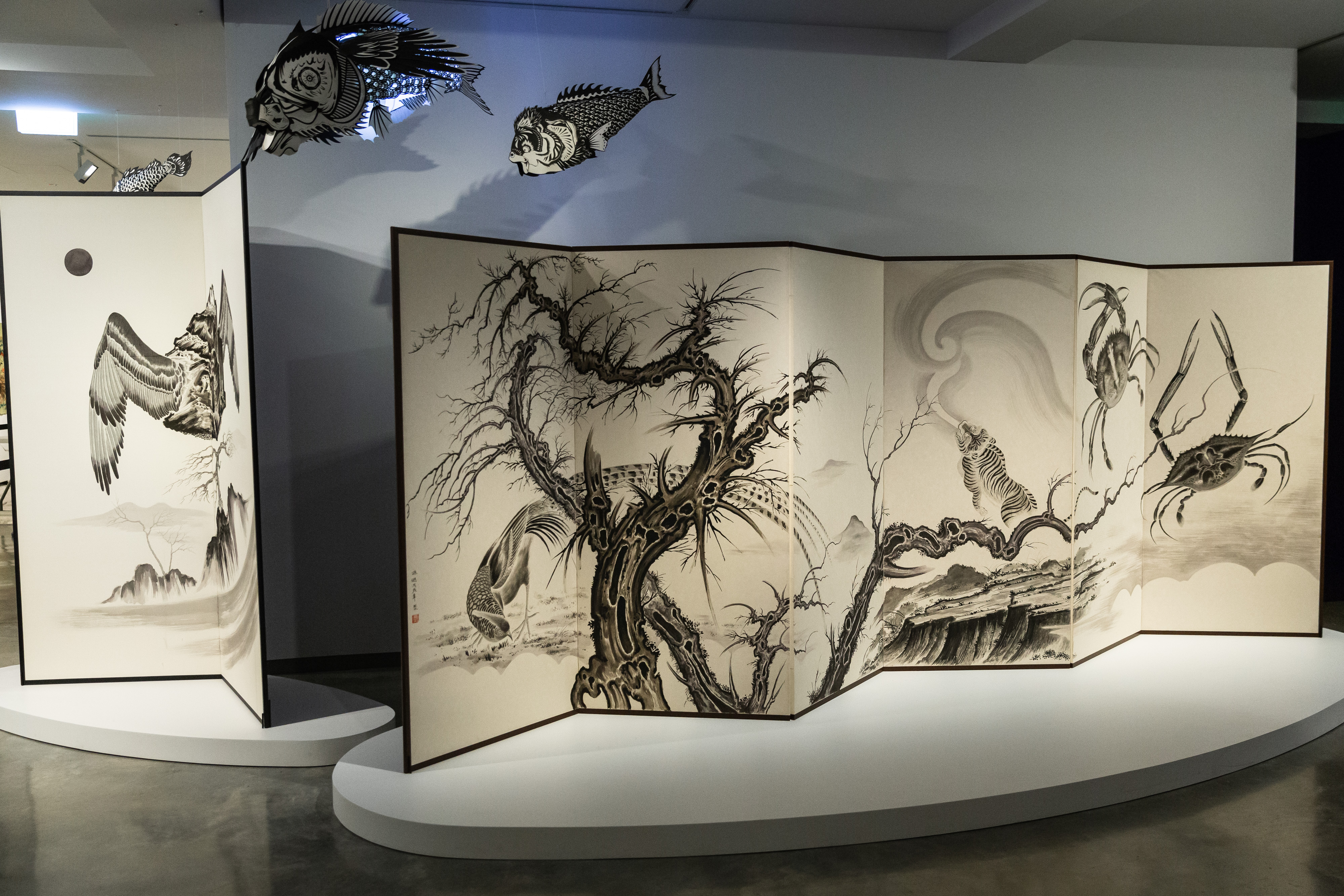
2018
Installation view, Museum of Contemporary Art Australia, Sydney, 2018
Ink on paper, wood, paper
Commissioned by the Museum of Contemporary Art Australia and Edouard Malingue Gallery
Image courtesy and © the artist
Photograph: Jacquie Manning
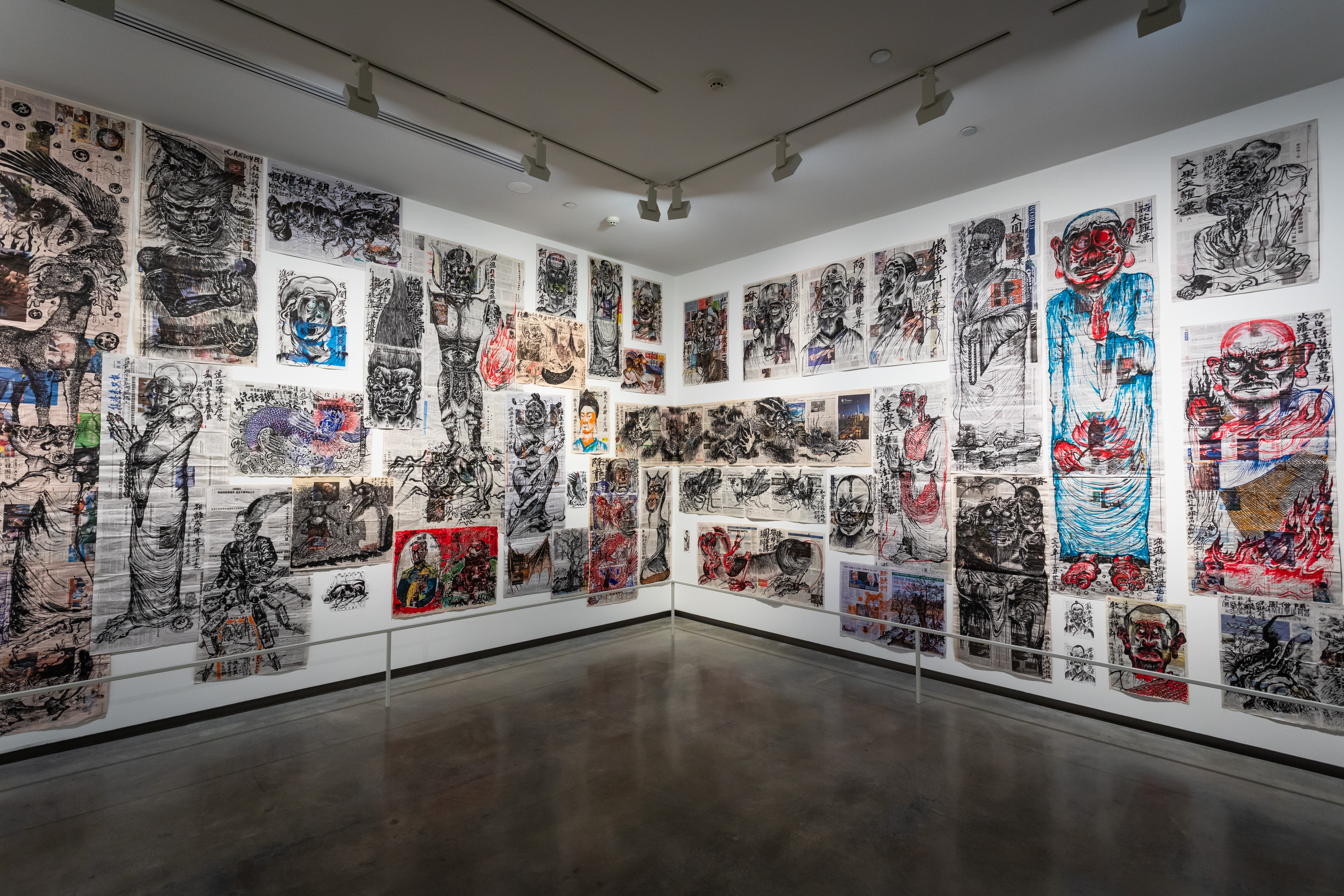
2015-2018
Installation view, Museum of Contemporary Art Australia, Sydney, 2018
Ink and colour on newspaper
Image courtesy the artist and Museum of Contemporary Art Australia, Sydney
© the artist
Photograph: Jacquie Manning
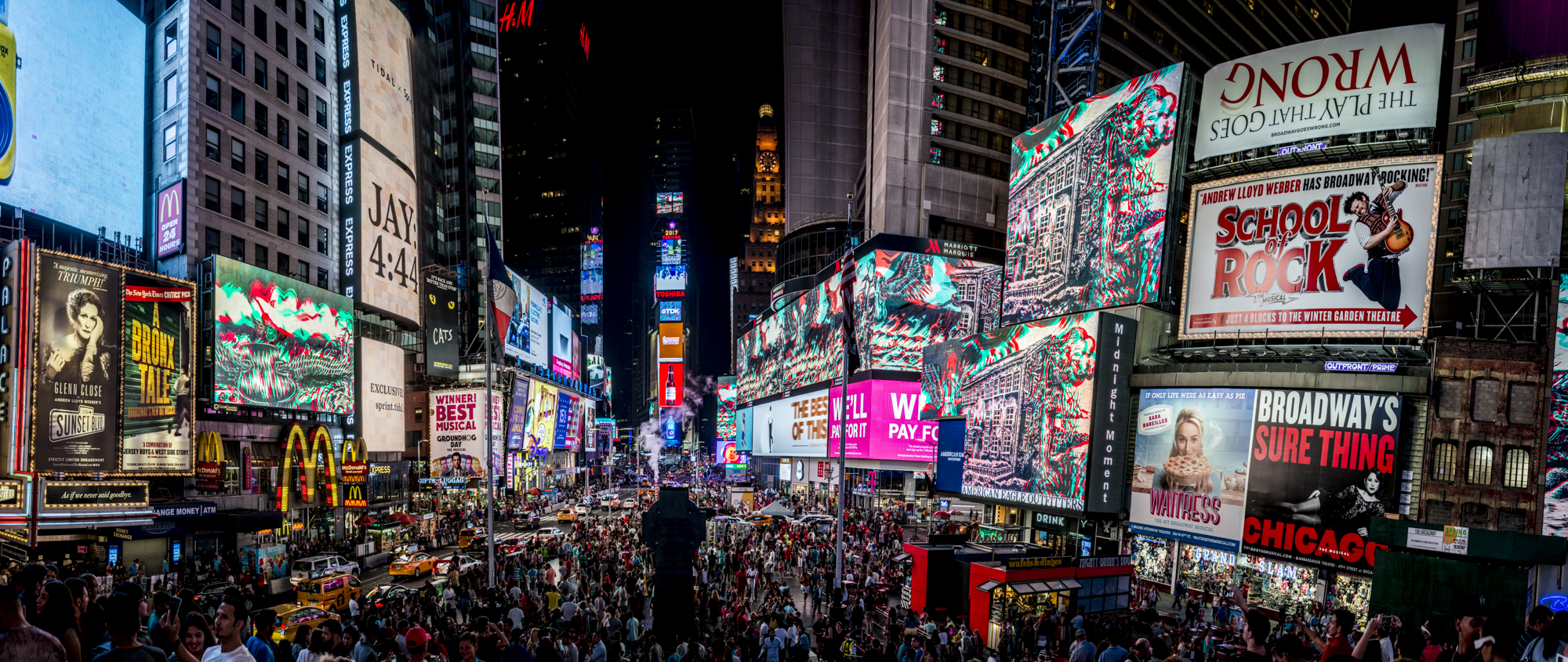
2016
3D animation
Screening at Times Square, New York, USA
Image courtesy of Lovis Dengler for Times Square Arts
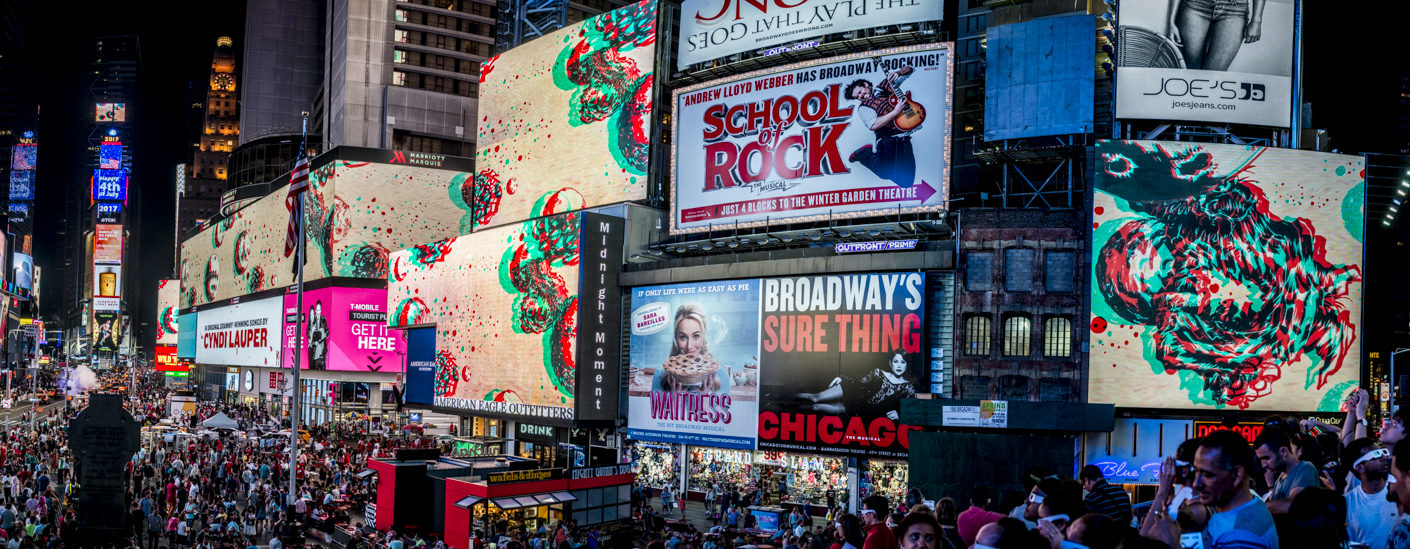
2016
3D animation
Screening at Times Square, New York, USA
Image courtesy of Lovis Dengler for Times Square Arts
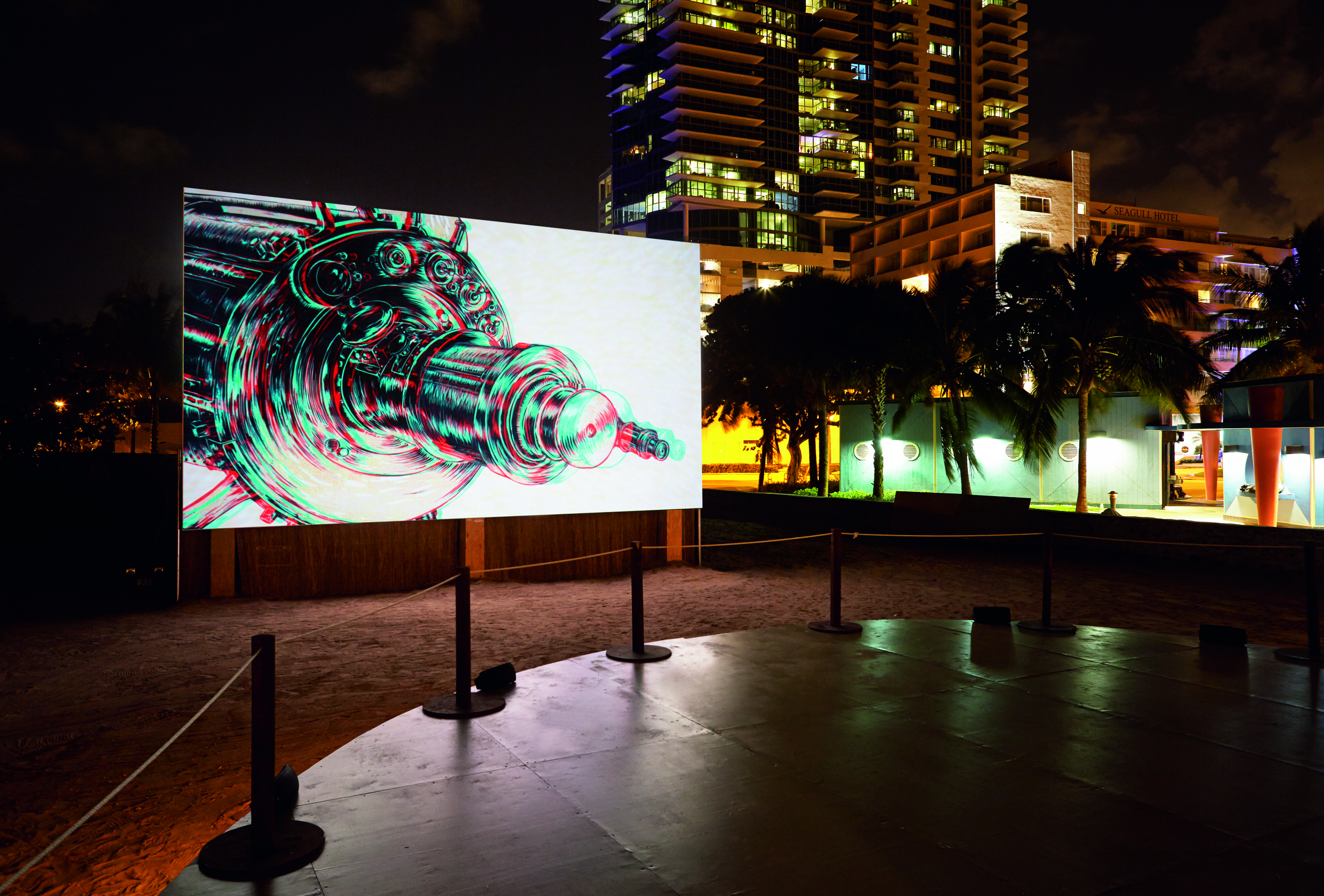
‘Reconstruction of the Universe’
Audemars Piguet Art Commission
2016
Art Basel Miami Beach 2016
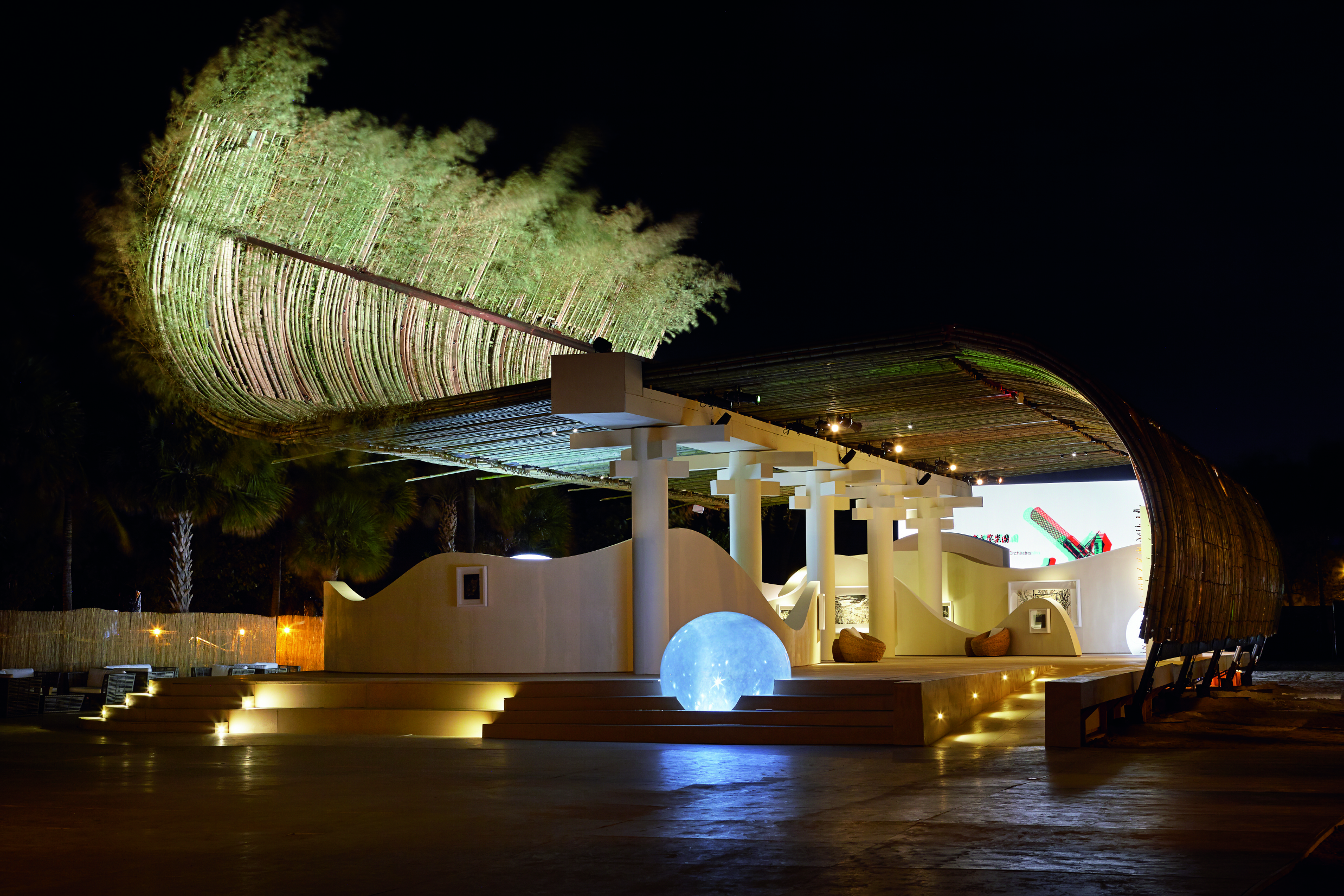
‘Reconstruction of the Universe’
Audemars Piguet Art Commission
2016
Art Basel Miami Beach 2016
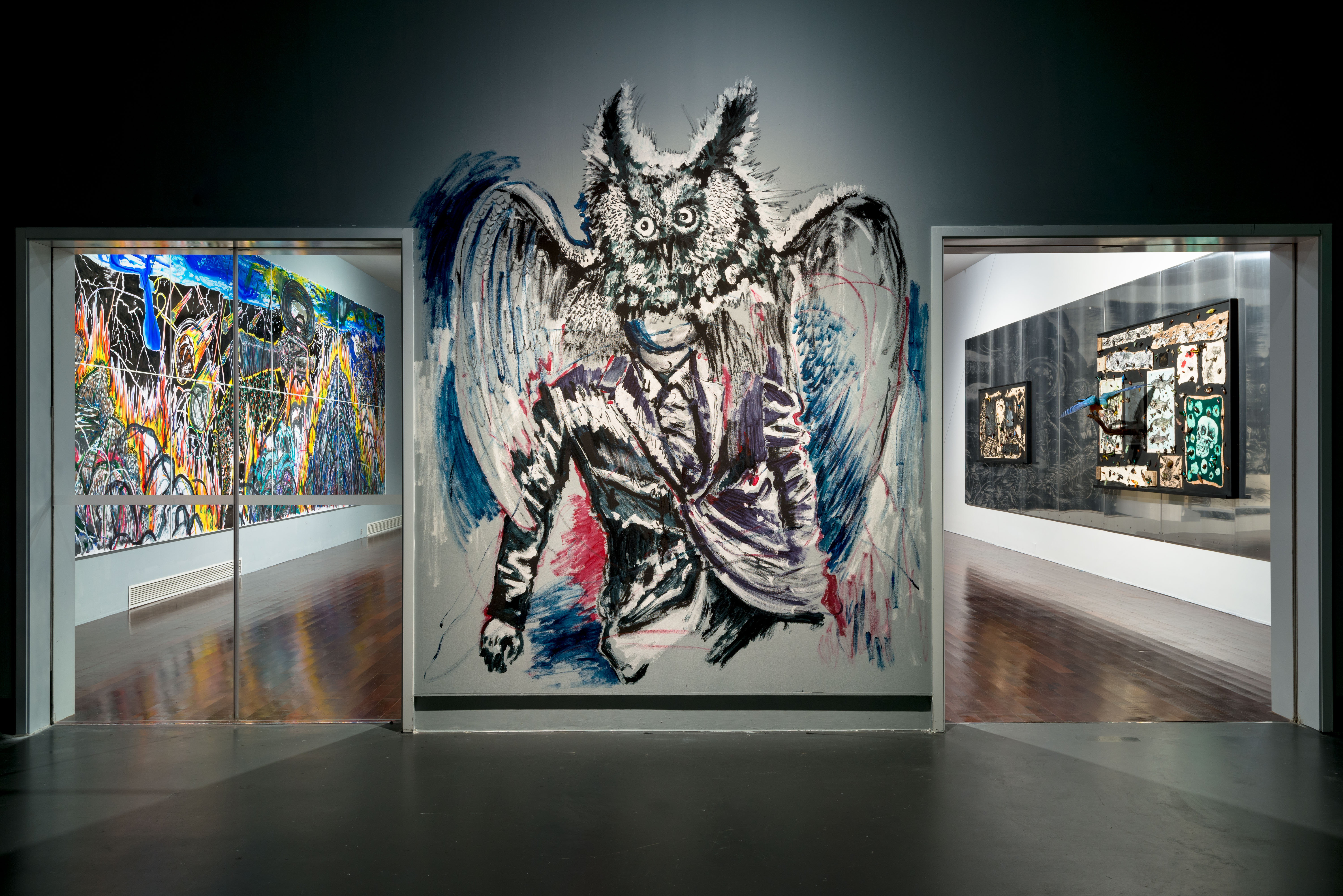
‘Prediction Laboratory’
2016
Yuz Museum
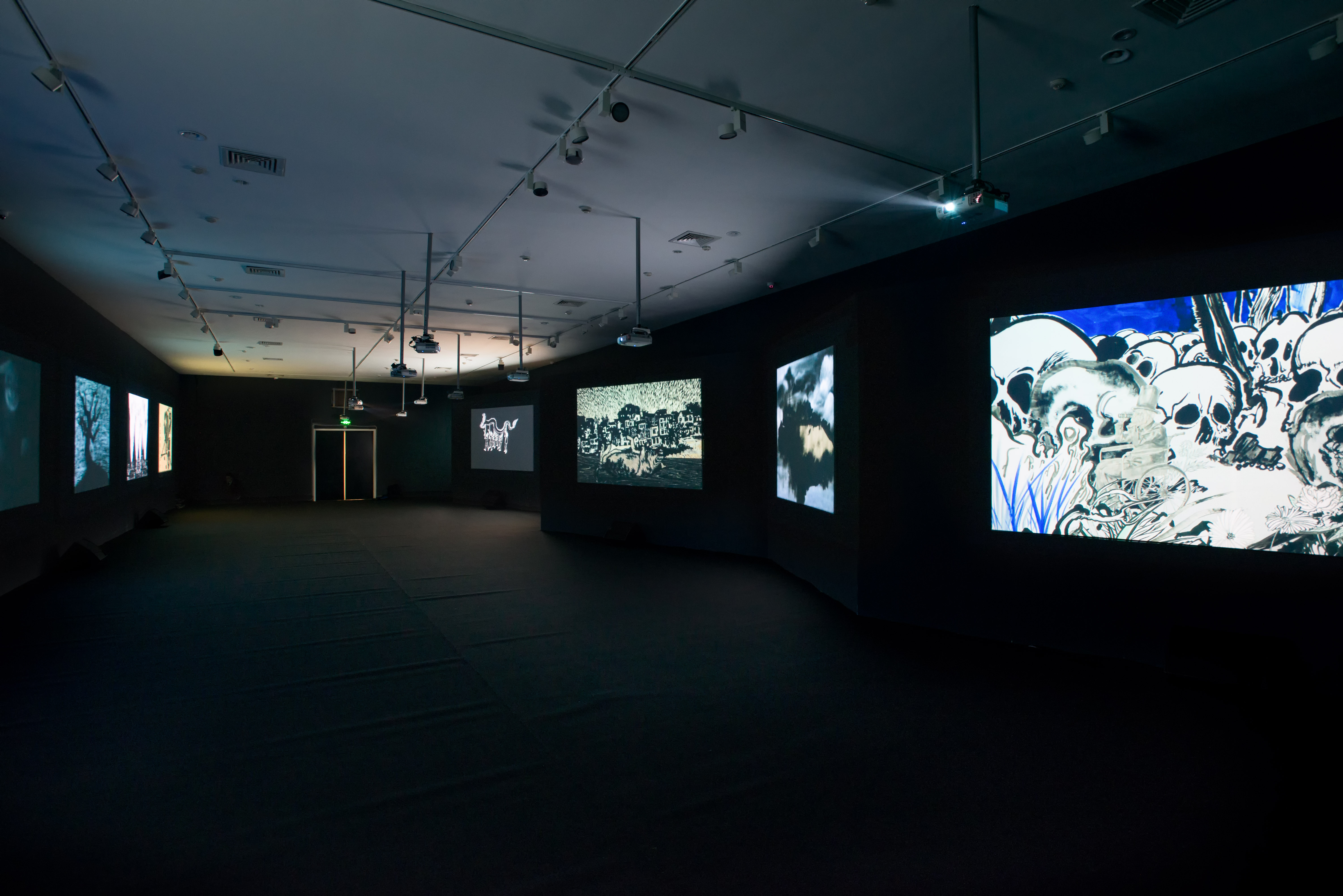
‘Prediction Laboratory’
2016
Yuz Museum
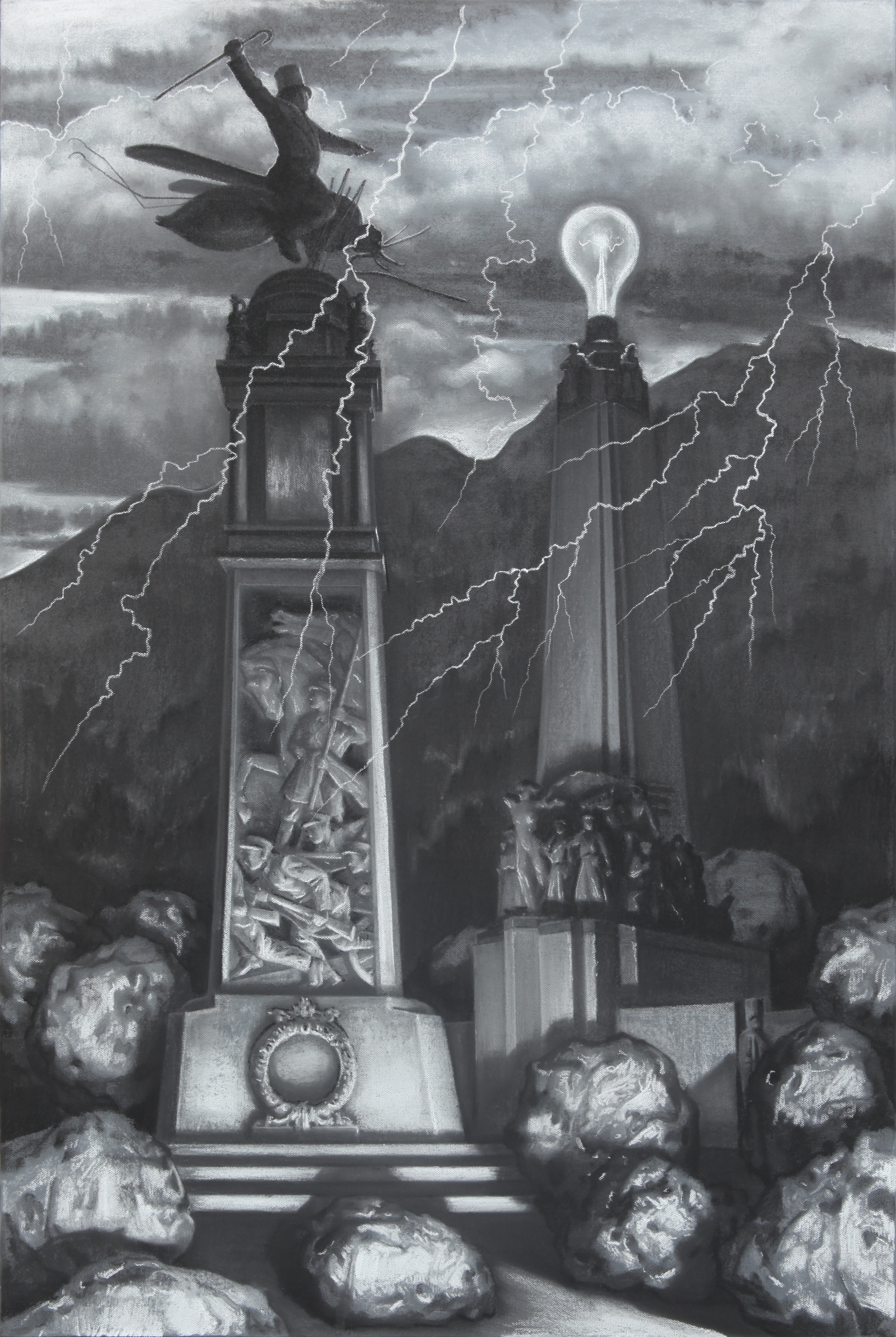
2014
Pastel on canvas
120 x 80 x 4 cm
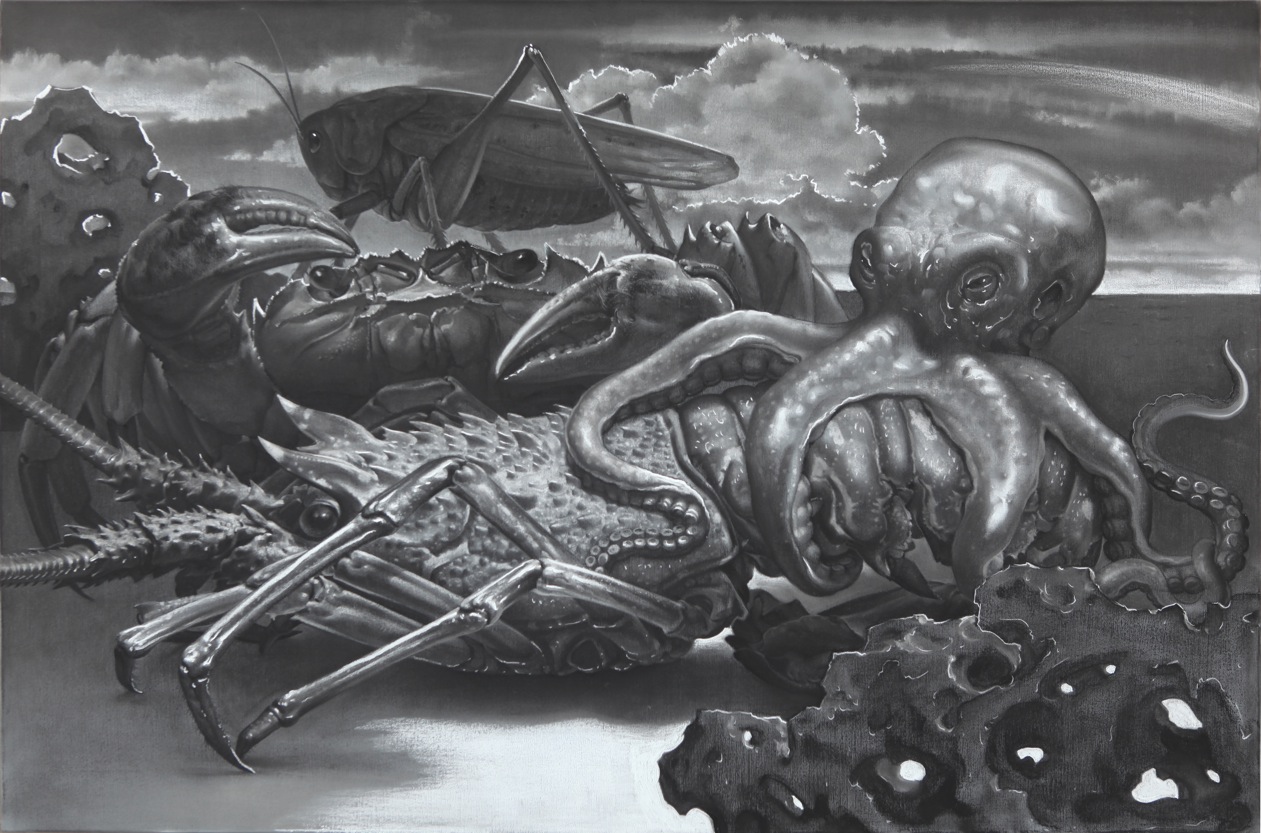
2014
Pastel on canvas
80 x 120 x 4 cm
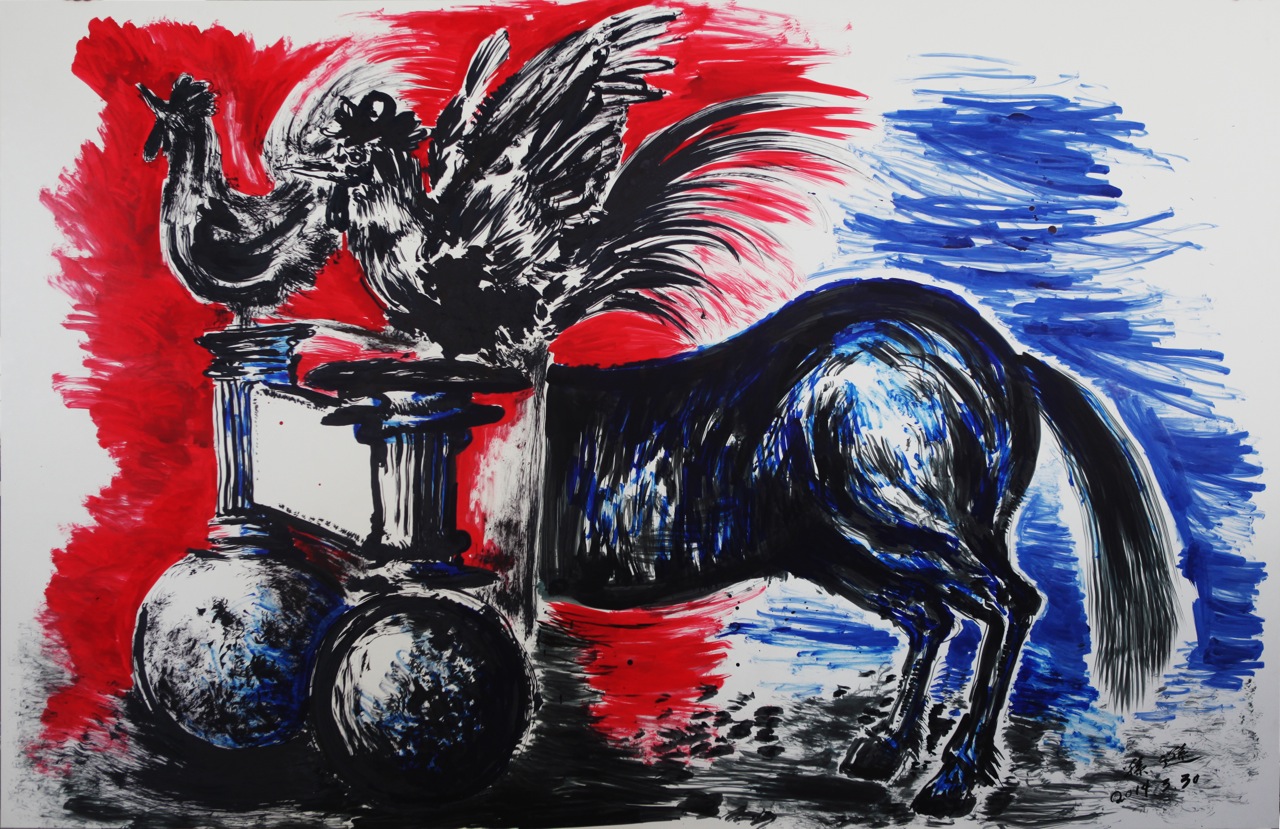
2014
Ink on paper
150.1 x 232.3 cm
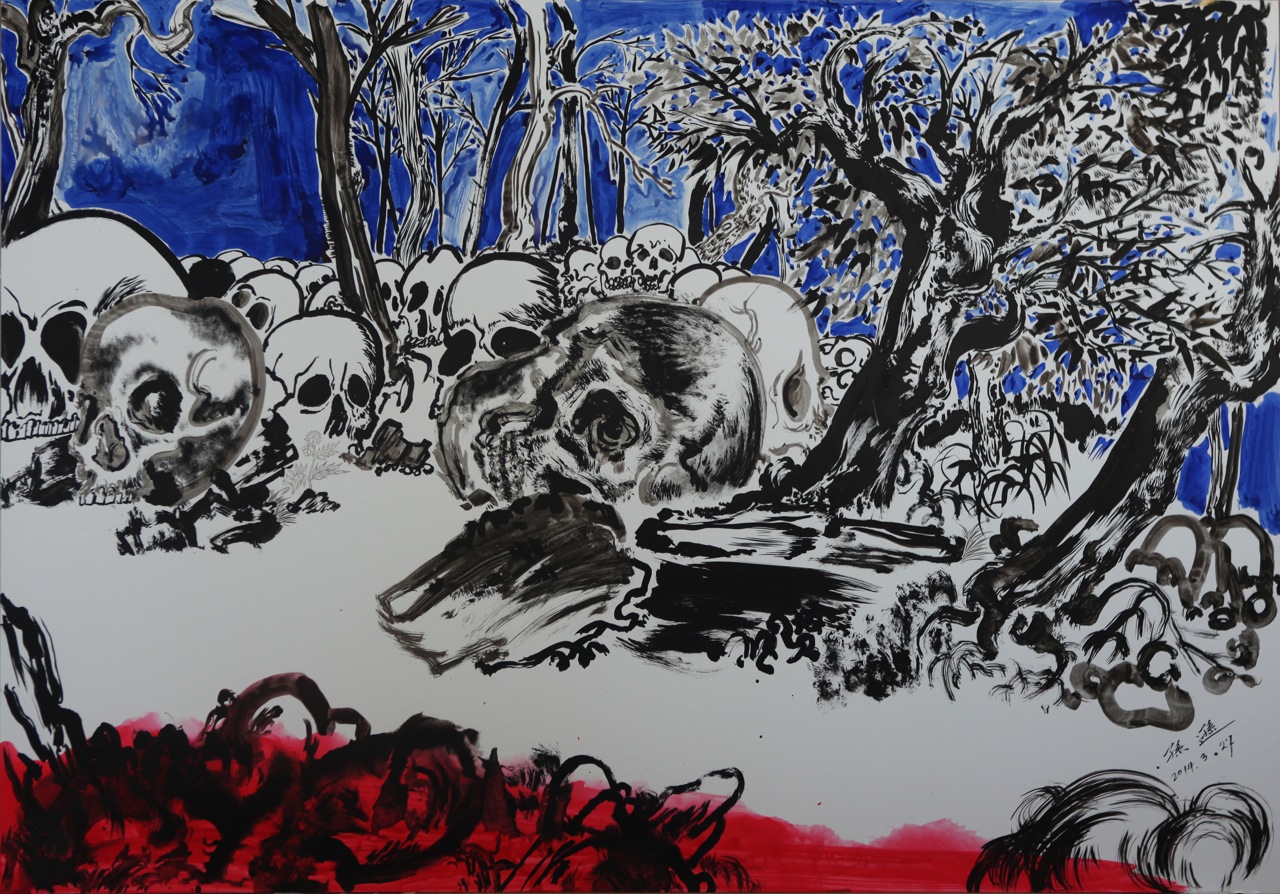
2014
Ink on paper
111.2 x 160.5 cm
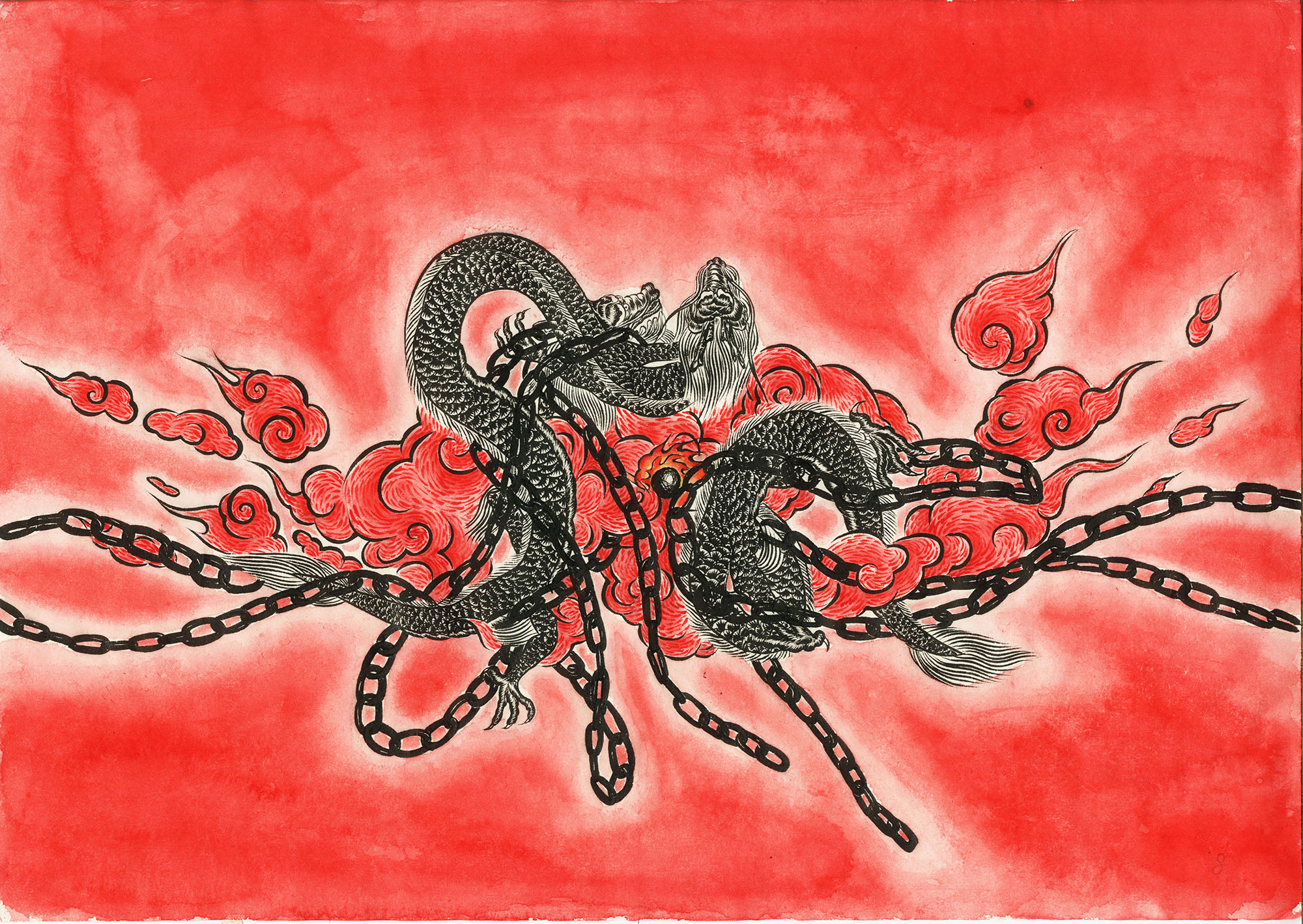
2014
Animation
10 mins
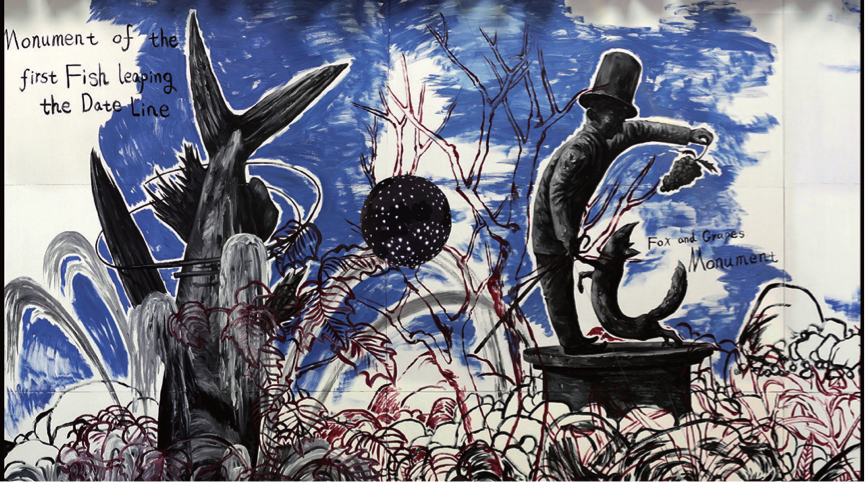
2013
Animation
9 mins 43 secs
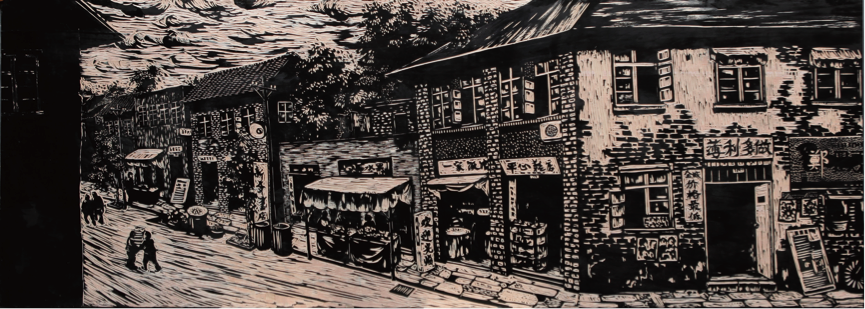
2011
Animation
12 mins 22 secs
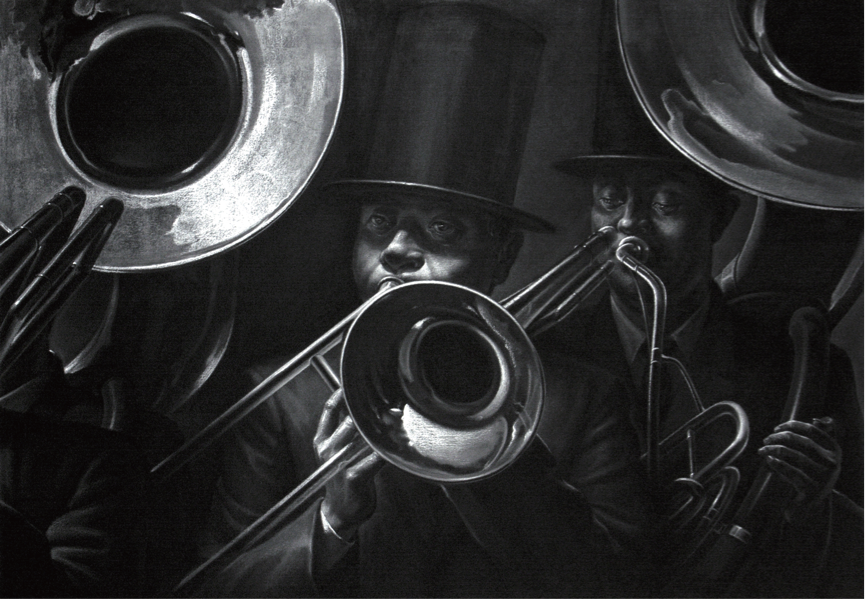
2010
Animation
27 mins
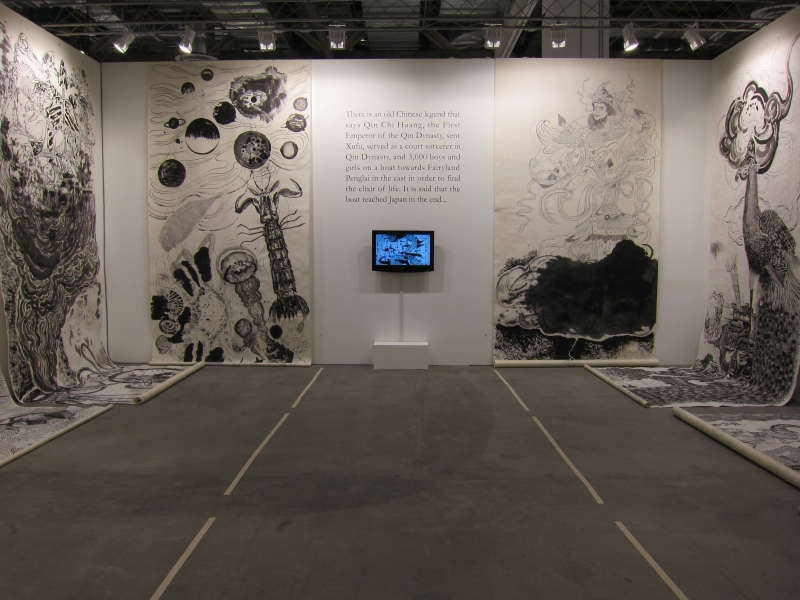
2010
Video and Work on paper
650 x 200 cm each
Installation view of Sun Xun at Art Stage Singapore 2012
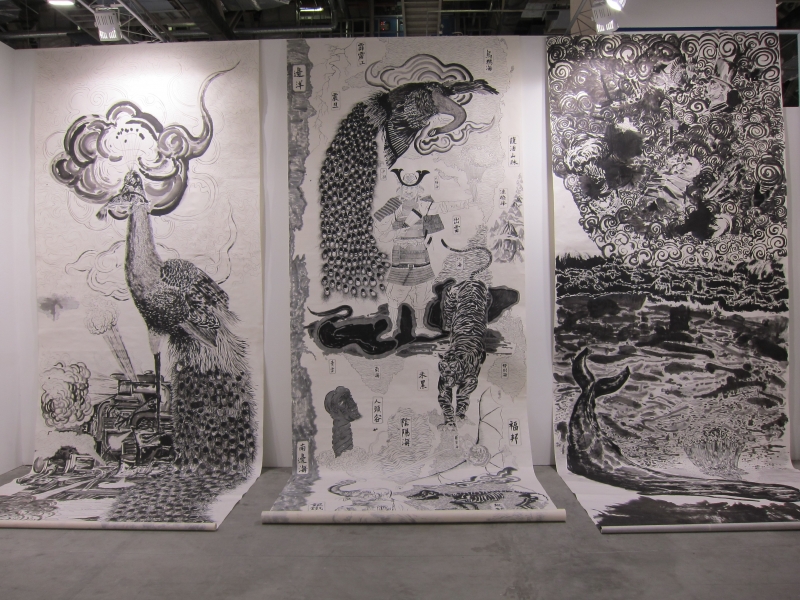
2010
Video and Work on paper
650 x 200 cm each
Installation view of Sun Xun at Art Stage Singapore 2012
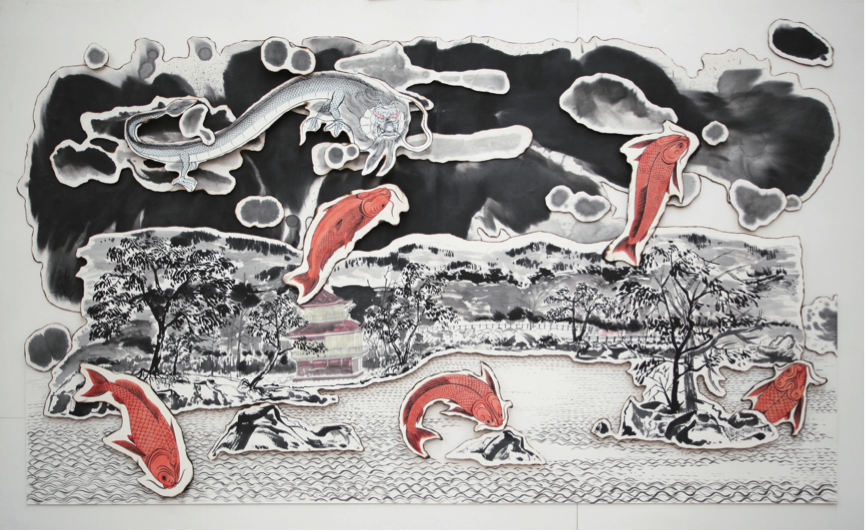
2010
Animation
8 mins 08 secs

2010
Video and Work on paper
650 x 200 cm each
Installation view of Sun Xun at Art Stage Singapore 2012
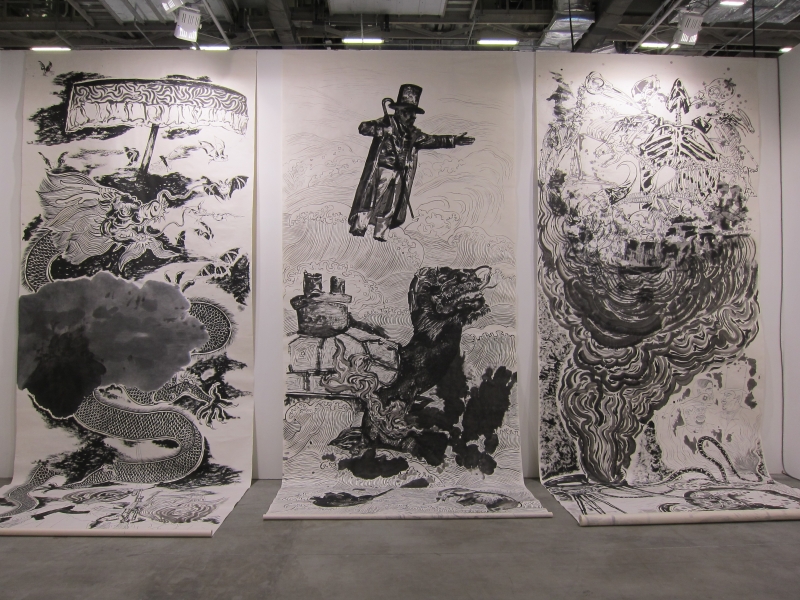
2010
Video and Work on paper
650 x 200 cm each
Installation view of Sun Xun at Art Stage Singapore 2012
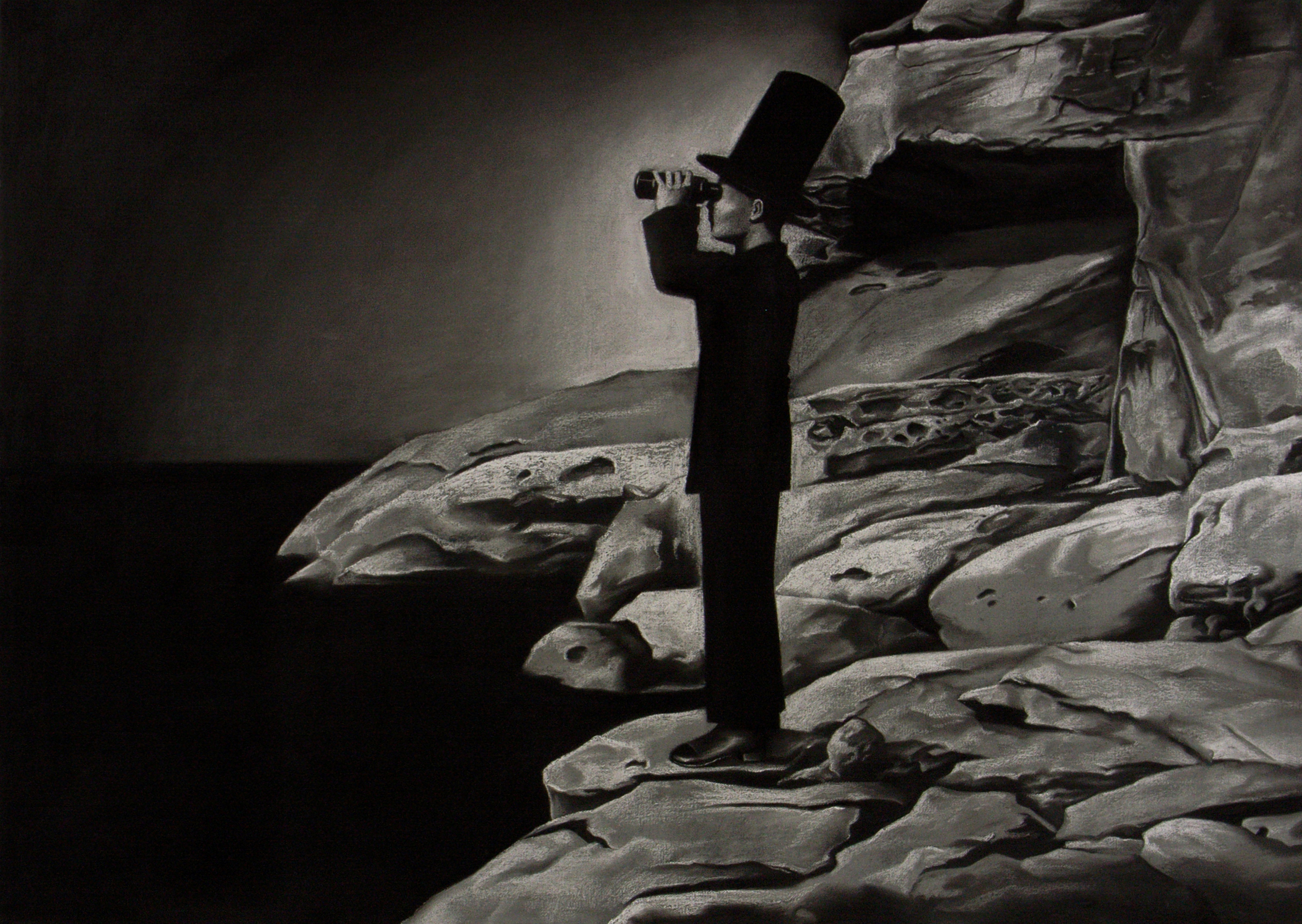
2010
Video Animation
12 mins 22 secs
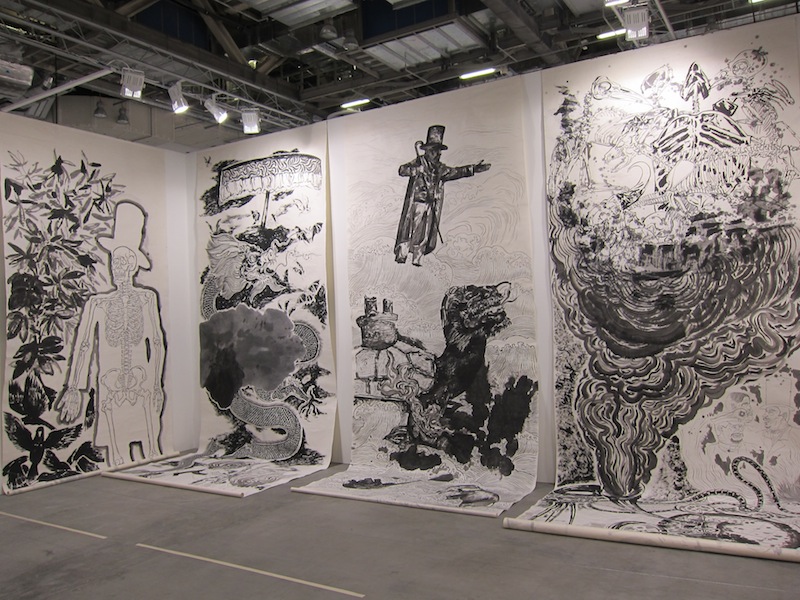
2010
Video and Work on paper
650 x 200 cm each
Installation view of Sun Xun at Art Stage Singapore 2012
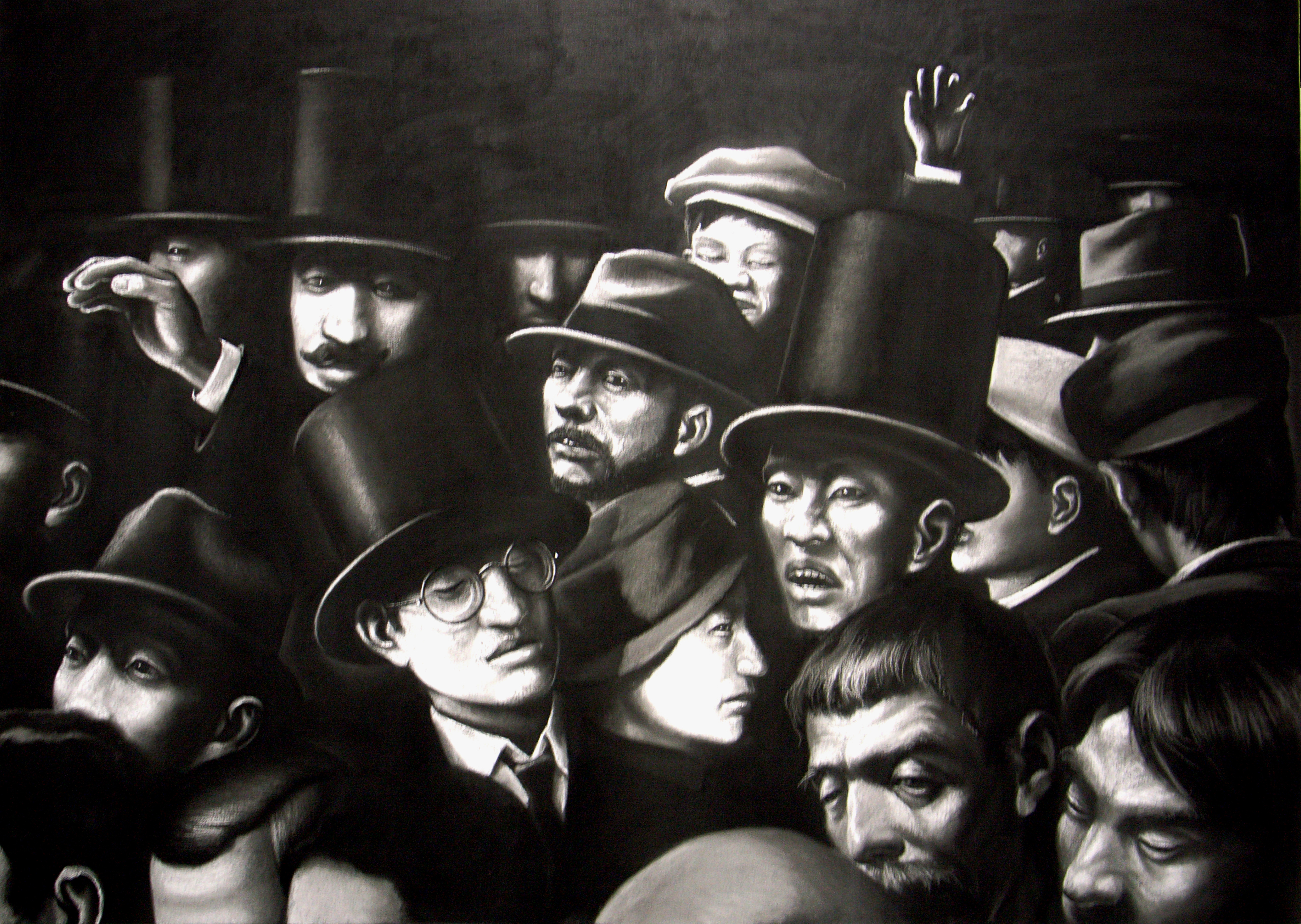
2010
Video Animation
12 mins 22 secs
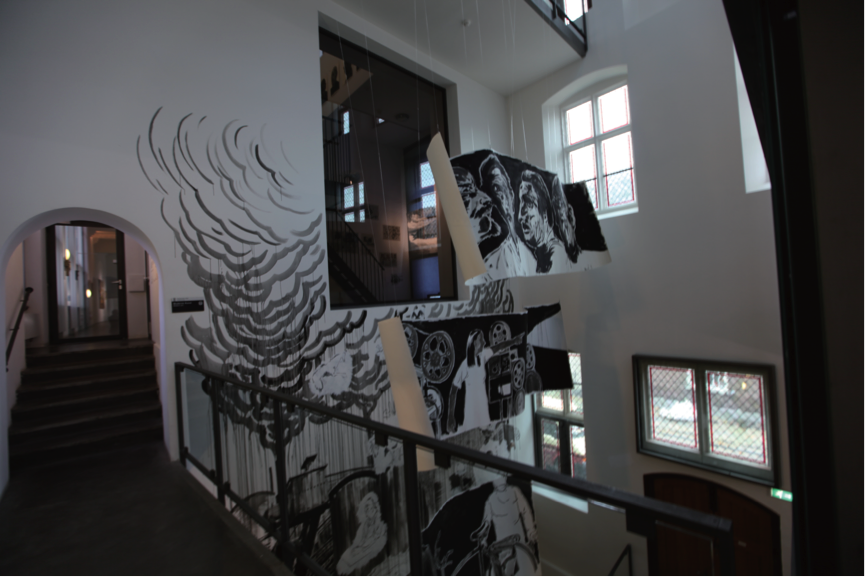
2010
Animation
10 mins 09 secs
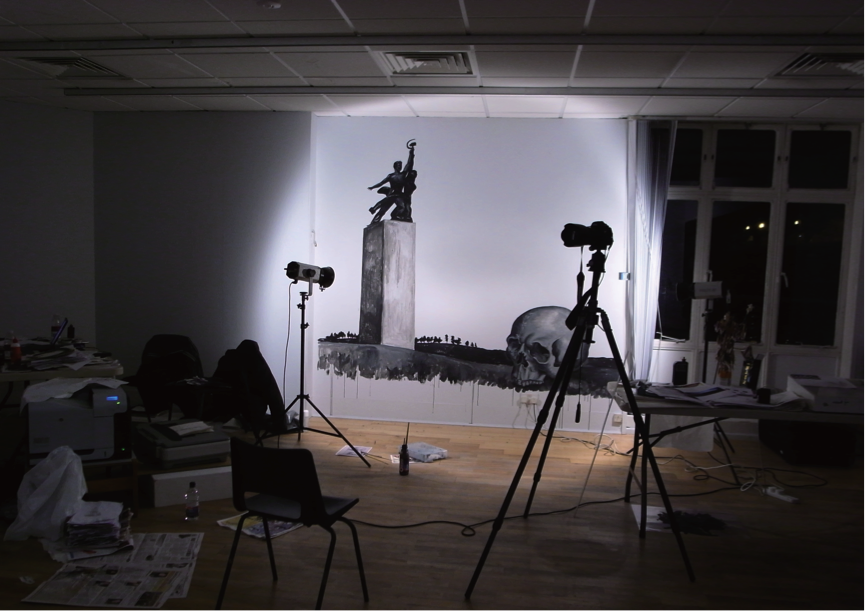
2009
Animation
7 mins 49 secs
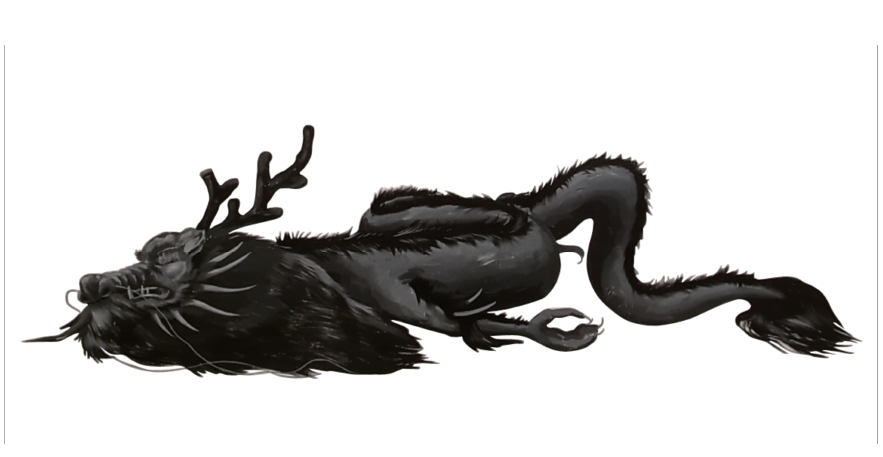
2008
Animation
5 mins 19 secs
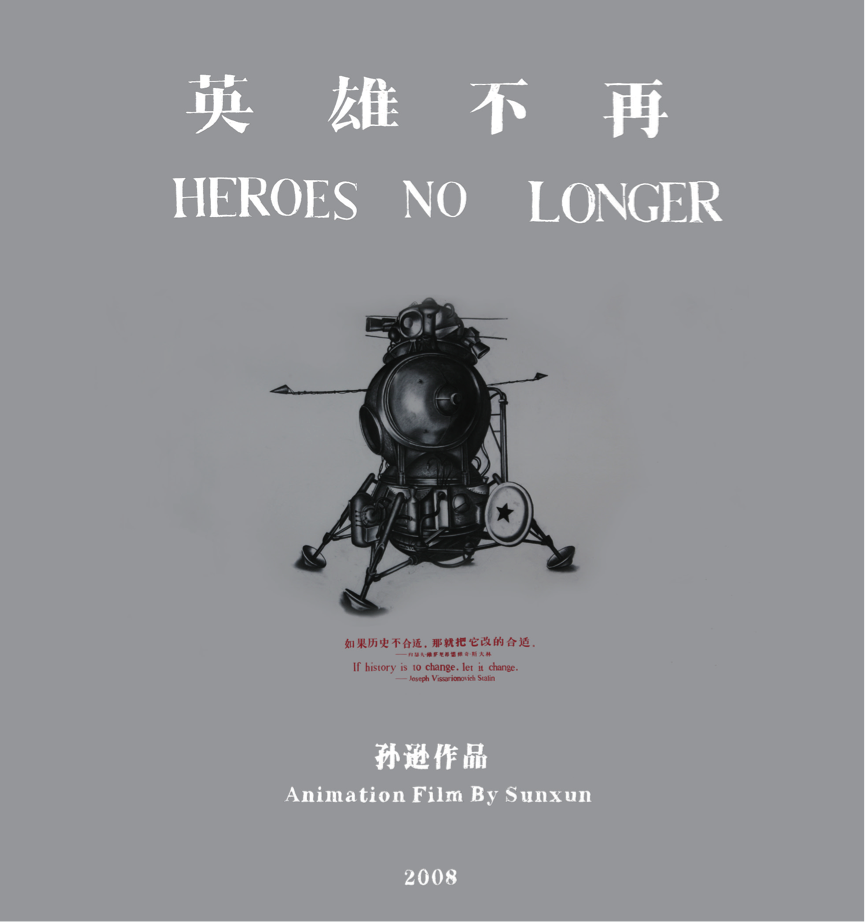
2008
Animation
9 mins 04 secs

2008
Animation
7 mins 56 secs

2007
Animation
7 mins 27 secs
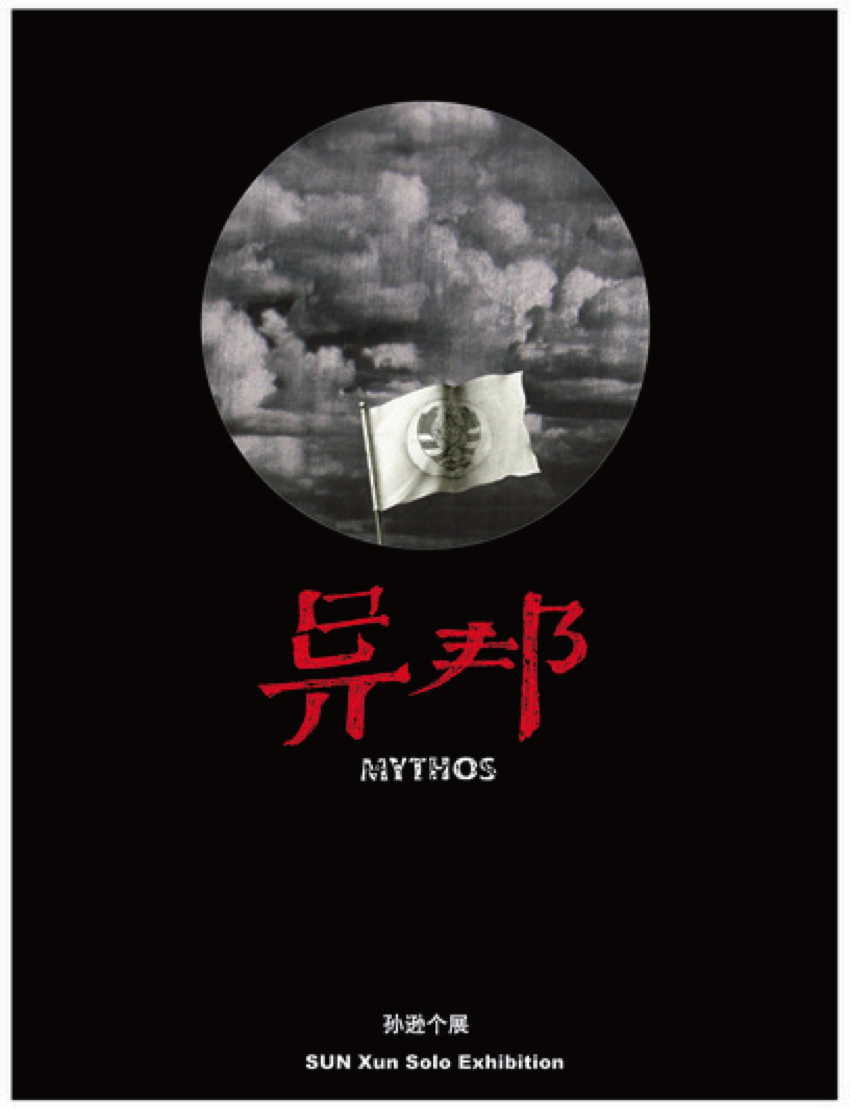
2007
Animation
7 mins 15 secs
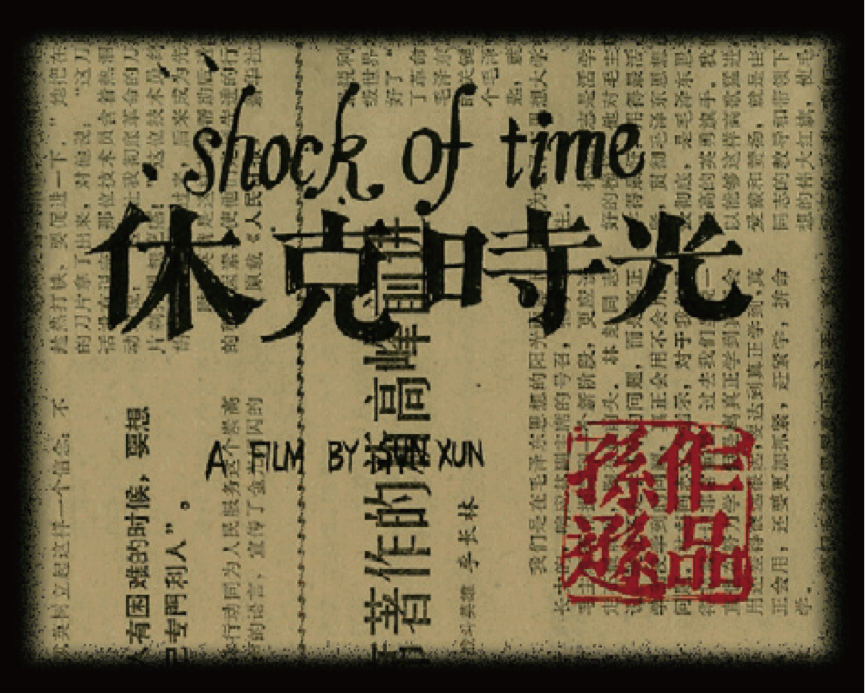
2006
Animation
5 mins 29 secs
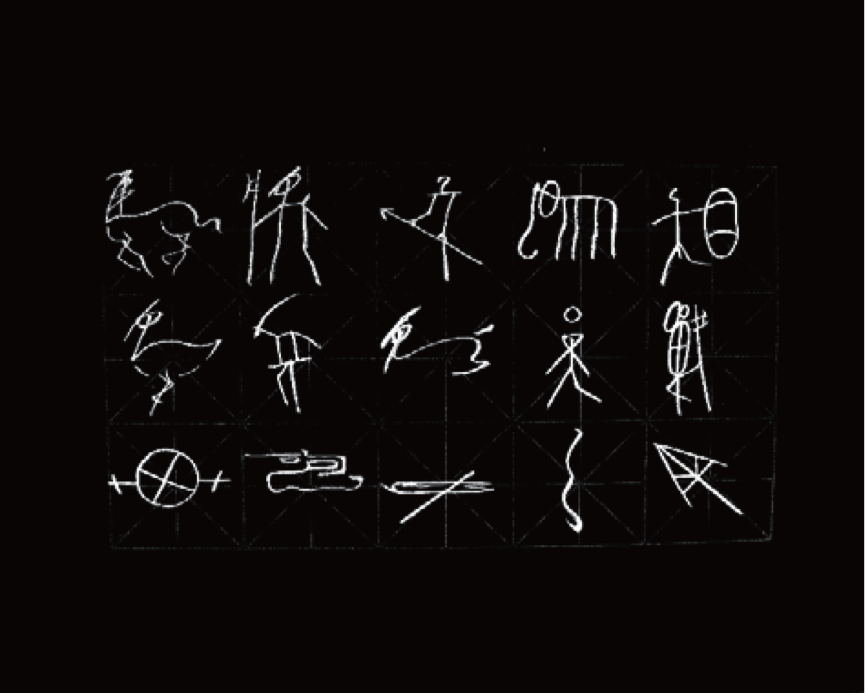
2005
Animation
2 mins 17 secs

2006
Animation
7 mins 20 secs
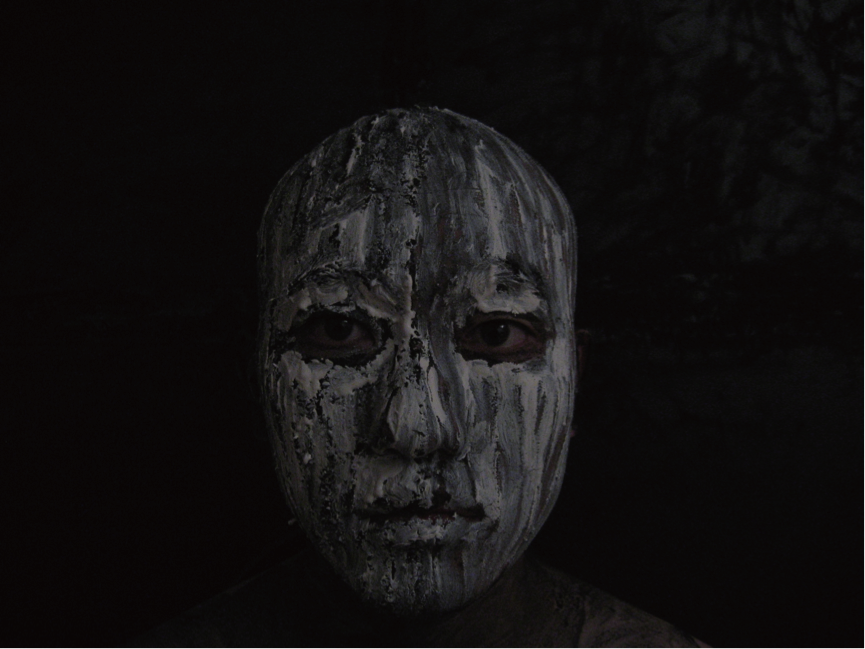
2005
Animation
4 mins 14 secs
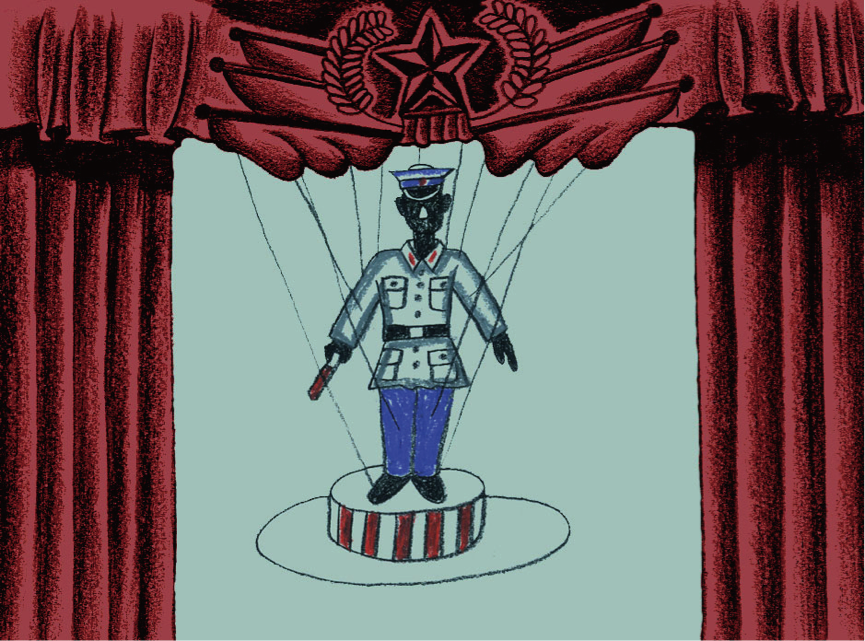
2004
Animation
4 mins 41 secs